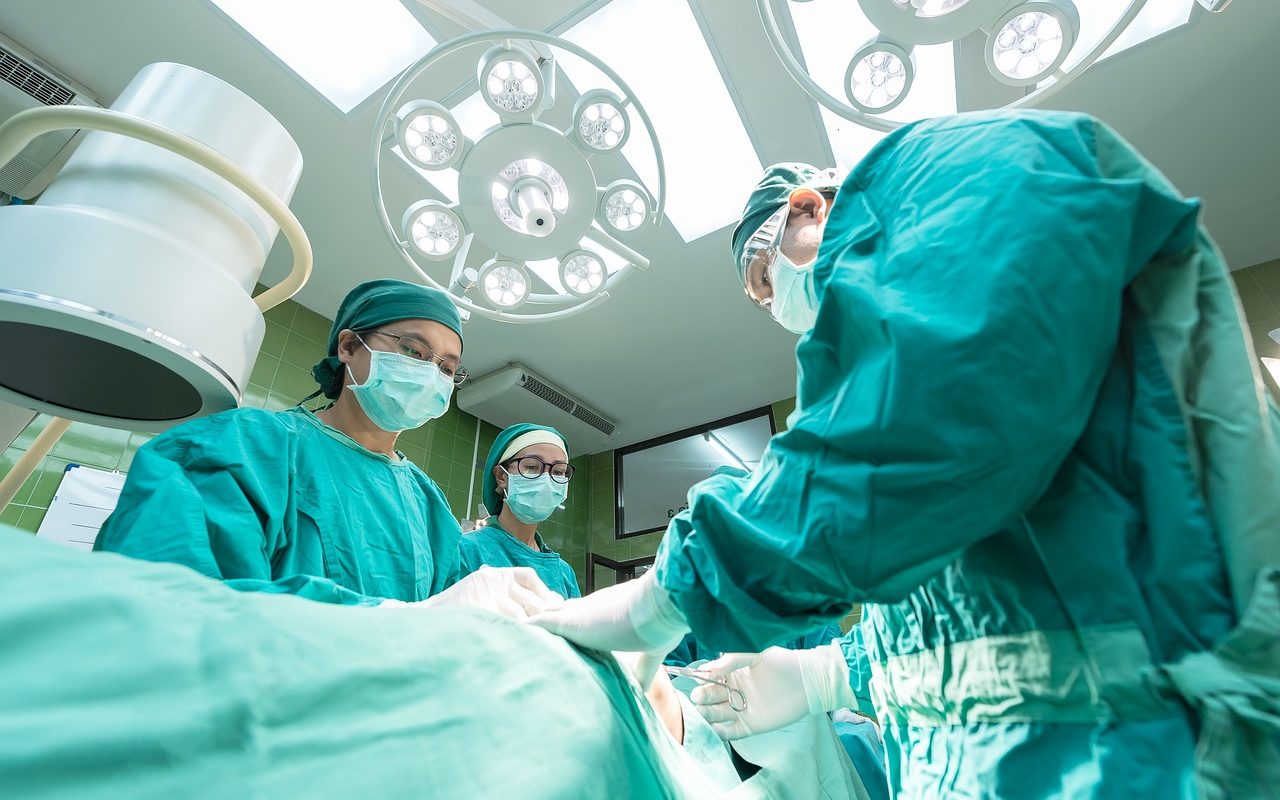Upper endoscopy is a procedure in which your doctor uses a thin, flexible tube called an endoscope to examine the upper digestive tract. This includes the esophagus, stomach, and the first part of the small intestine, called the duodenum. The endoscope has a tiny camera and light source at its tip to allow your doctor to view, diagnose, and sometimes, treat the problem in the upper part of your gastrointestinal (GI) tract.
Other terms for upper endoscopy are GI endoscopy, esophagogastroduodenoscopy (EGD), or panendoscopy.
When is upper endoscopy needed?
Your doctor may recommend an endoscopy procedure for different reasons, including:
- To identify the cause of bleeding from the upper portion of your gastrointestinal tract.
- To investigate symptoms of abdominal pain, heartburn, nausea, vomiting, or difficulty swallowing.
- To detect inflammation, ulcers, tumors, and other abnormal growths in the upper digestive system, as an endoscopy often reveals more accurate results than X-rays, making it easier for doctors to hone in on issues such as these.
- To collect a small sample of tissue to be examined (also known as endoscopic biopsy). A biopsy helps your doctor identify whether the tissue taken is benign or malignant. While a biopsy is usually performed to detect cancer, your doctor might also do a biopsy to test for Helicobacter pylori, the bacterium that causes ulcers.
- To perform a cytology test, a procedure where your doctor uses a small brush to obtain cells for analysis.
- To treat problems of the upper digestive system. Your doctor can pass special tools through the endoscope to treat abnormal conditions, such as stretching a narrowed esophagus, removing polyps, or burning a bleeding vessel to stop bleeding. These procedures cause little or no discomfort.
How to prepare for upper endoscopy?
You will be advised to have an empty stomach. This means that you should not eat or drink anything for at least six hours prior to the procedure, or as instructed by your doctor. Having an empty stomach allows your doctor to have a clear view of your upper GI tract. Otherwise, food particles can block your doctor’s view and hide important conditions that may be present. Fasting also prevents aspiration or choking during the examination.
If you’re taking medications, inform your doctor about them in advance. You might need to stop taking them or adjust your usual dosage. Some medications may require special instructions, such as aspirin products, blood thinners (i.e., warfarin or heparin), arthritis medications, insulin, and iron products. It is also important to tell your doctor if you have lung or heart disease, as well as any allergies to medications.
What happens during upper endoscopy?
The procedure begins with your doctor spraying your throat with local anesthetic. You will also receive a sedative medication to help you feel relaxed. You will then be asked to lie down on a table on your side. As the procedure gets underway, your doctor will insert the endoscope in your mouth and through your esophagus, stomach, and duodenum.
While it is normal to feel some pressure, it should not interfere with your breathing. In most cases, patients fall asleep during the procedure.
What happens after upper endoscopy?
You will be monitored for an hour post-procedure until the effects of the sedatives have worn off. It is normal to experience some cramping or bloating due to the air introduced into your stomach during the examination. Your throat might be a little sore, too.
Before leaving the clinic, your doctor will discuss the findings of the test with you. If a biopsy was performed, you will likely need to wait for its results, which usually take a few days. It is also important to have someone drive you home and accompany you if you have been given sedatives. The side effects of the medication may delay your judgment and reflexes throughout the day, even if you feel alert after the procedure.
What are the possible complications post-upper endoscopy?
Overall, upper endoscopy is a very safe test. When done by highly trained and highly experienced doctors, complications of upper endoscopy and polypectomy are rare. While bleeding may occur at the area where the sample tissue was taken or the polyps were removed, the bleeding is often minor and can go away on its own. Take note, however, that the bleeding can occur several days after the procedure.
You can also experience reactions to the sedatives used or complications from existing heart or lung disorders. While complications after upper endoscopy are rare, it is crucial to recognize early signs of potential complications such as severe abdominal pain, fever and chills, difficulty in swallowing, increasing size of the throat, and bleeding (i.e., black stools). If you notice any of these signs, contact your doctor immediately.
Frequently Asked Questions
What is an upper endoscopy?
It’s a procedure where a doctor uses a small tube with a camera to check your esophagus, stomach, and upper intestine for problems.
Why might I need it?
It helps find the cause of symptoms like stomach pain, heartburn, nausea, or trouble swallowing. It can also check for ulcers, tumors, or other issues.
How do I prepare?
Don’t eat or drink anything for at least six hours before. Let your doctor know about your medications or any health conditions.
What happens during it?
Your throat will be numbed, and you’ll get a sedative to relax. The doctor will gently guide the tube through your mouth to look inside.
What happens after?
You’ll rest for about an hour. Some bloating or a sore throat is normal. You’ll need someone to drive you home.
Are there risks?
Risks are rare but can include minor bleeding or reactions to sedatives. Call your doctor if you have severe pain, fever, or black stools.
When will I know the results?
If a biopsy was done, results take a few days. Your doctor will explain everything once they’re ready.




